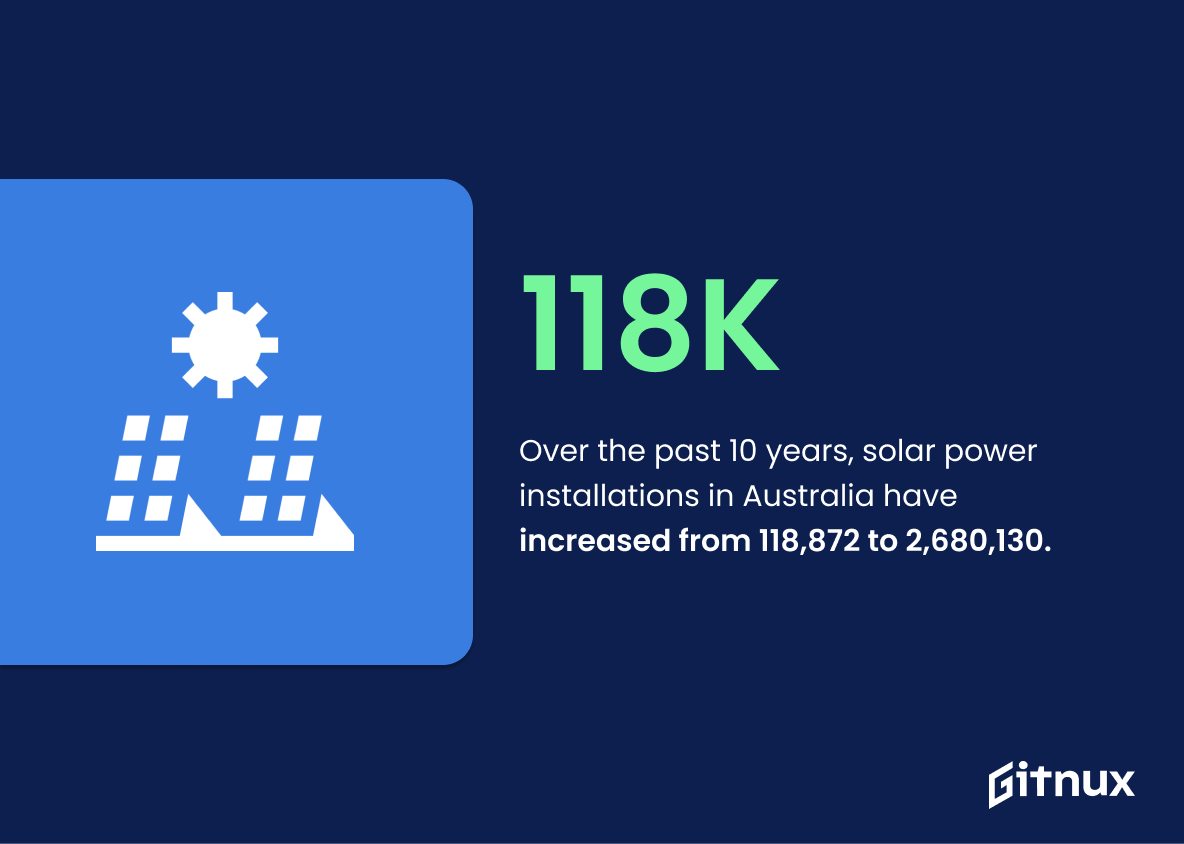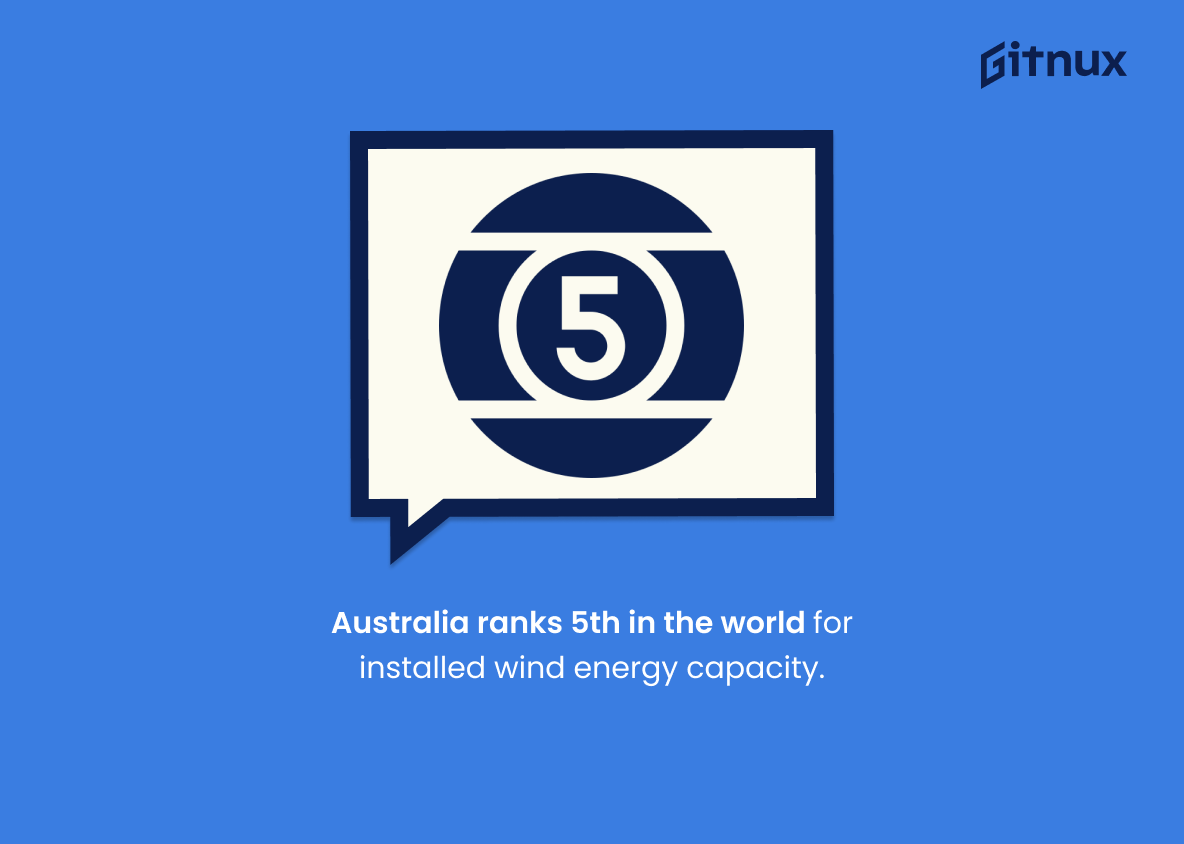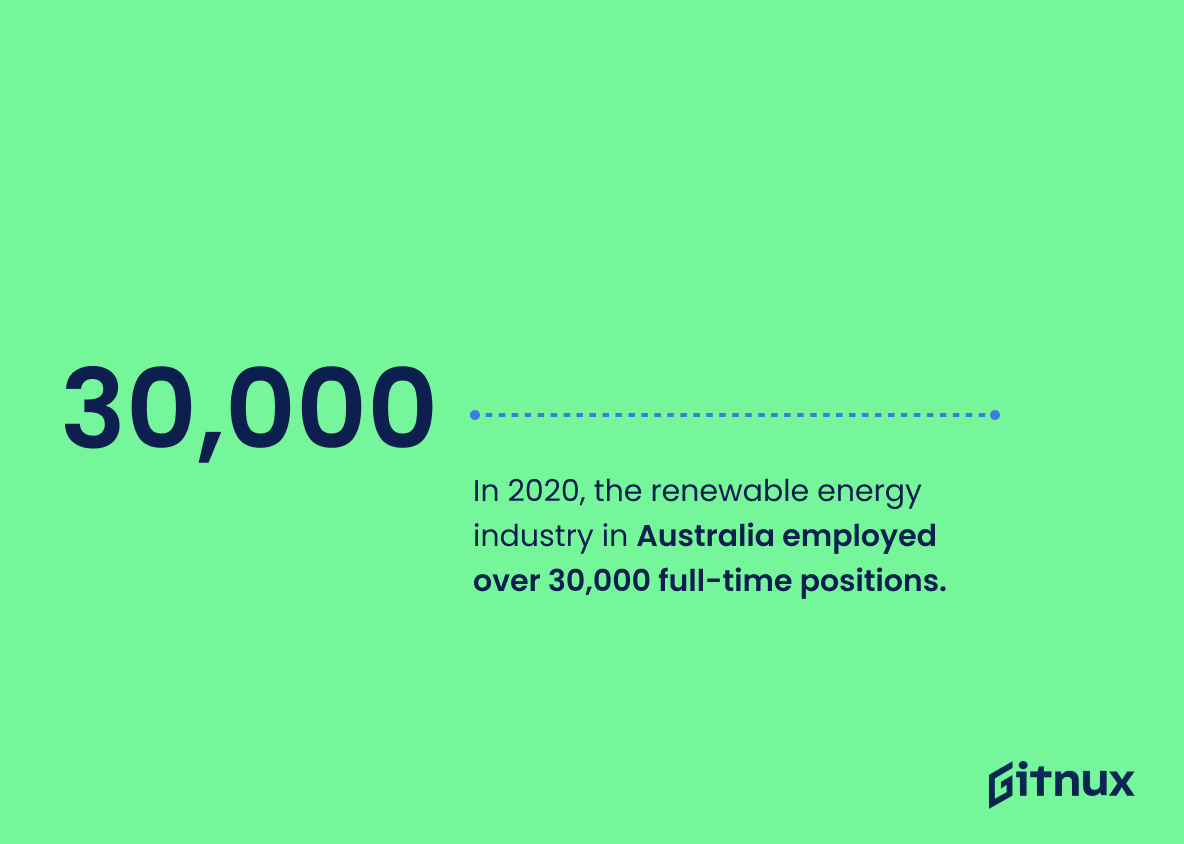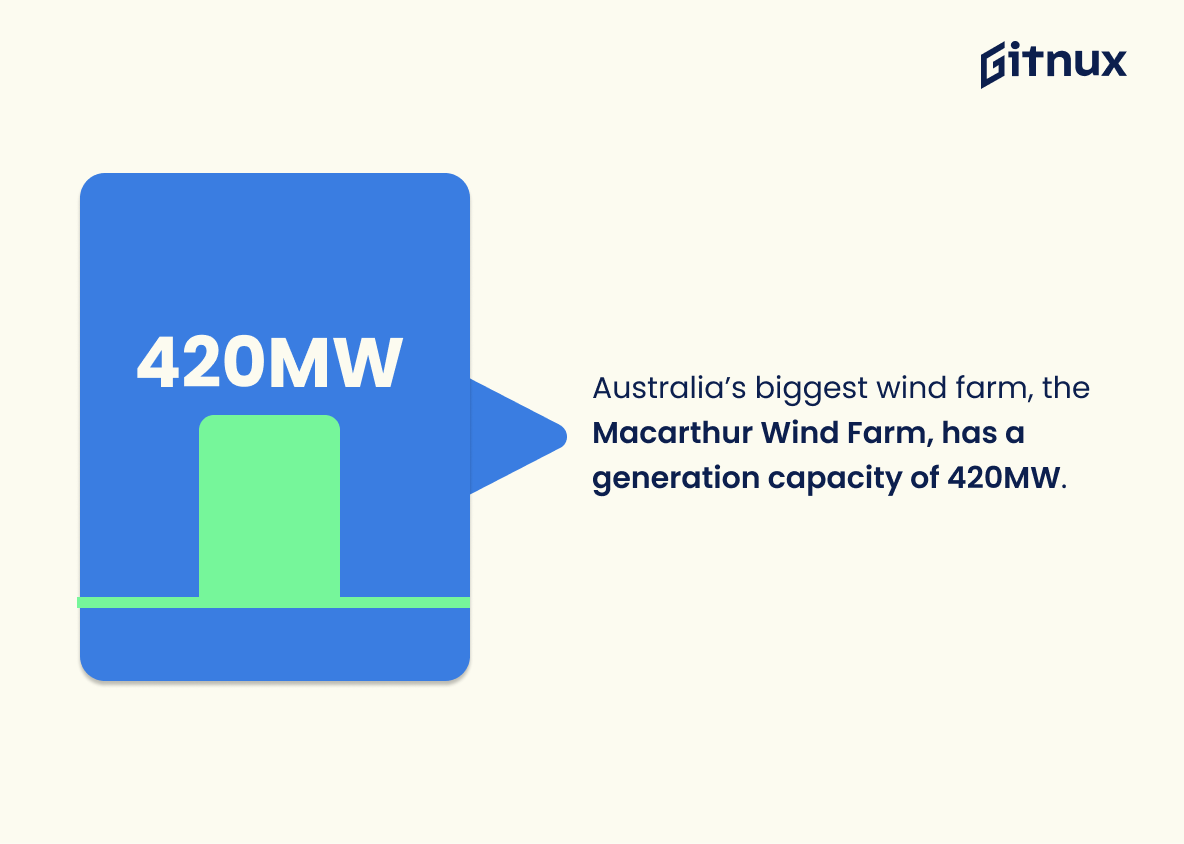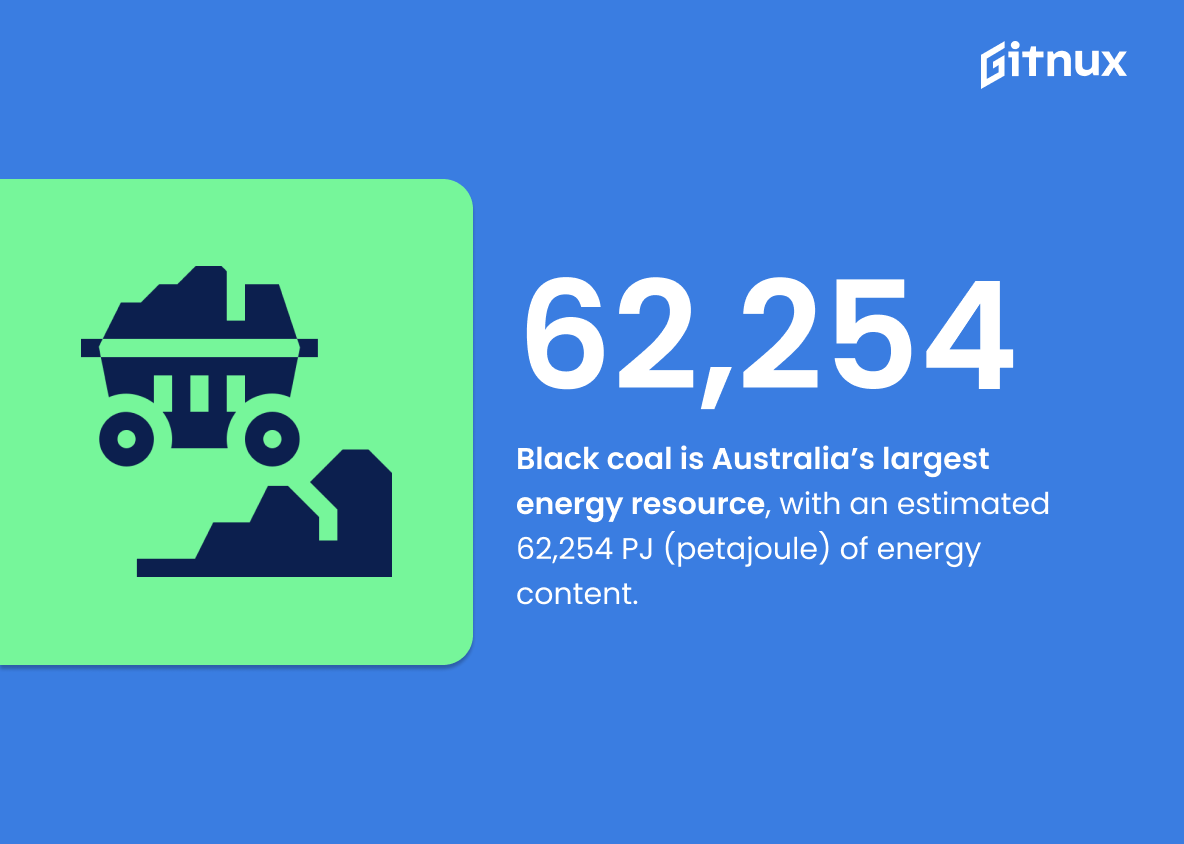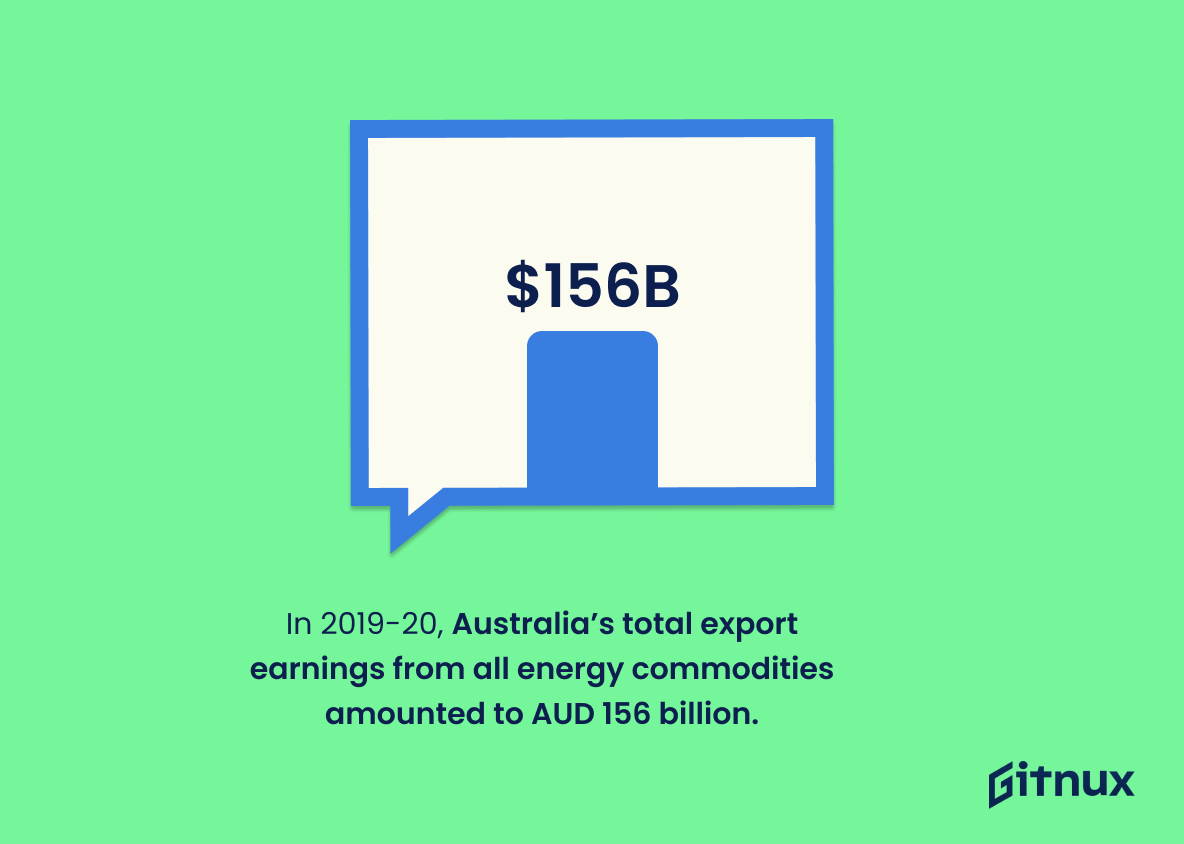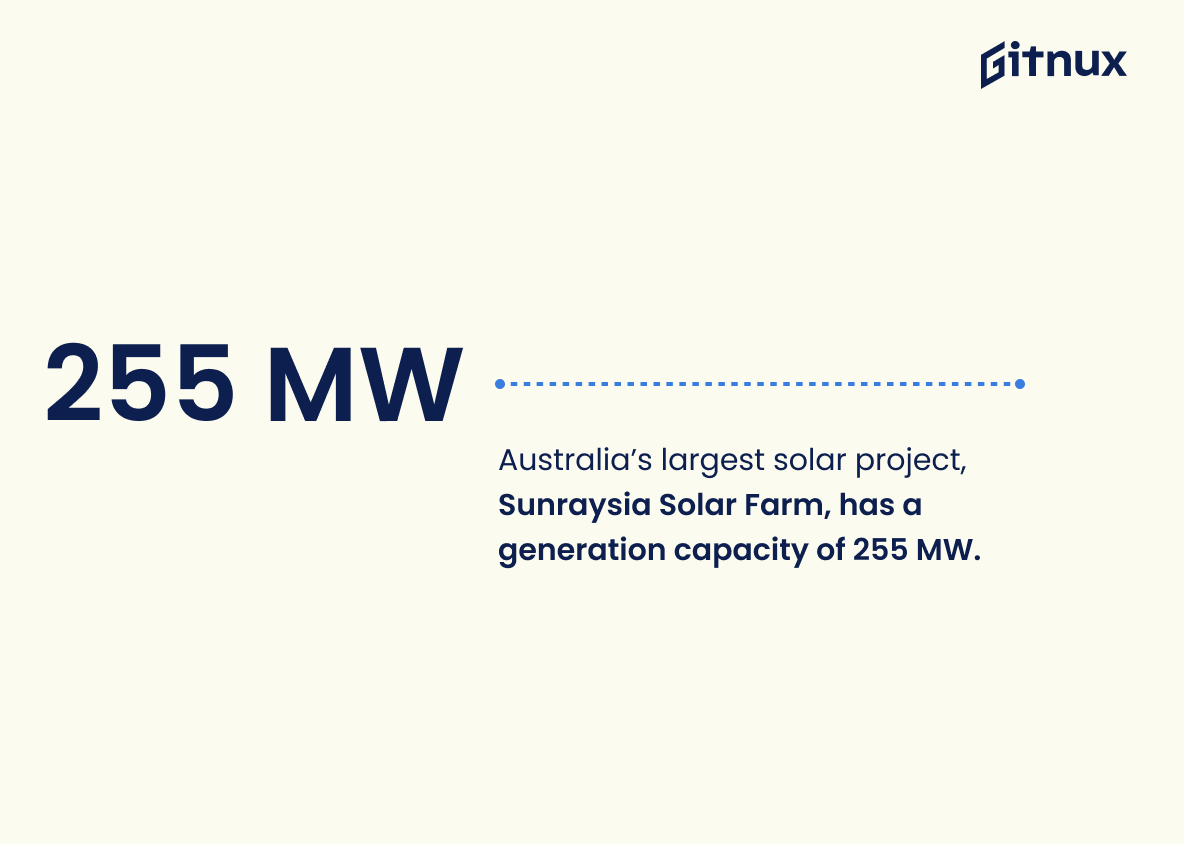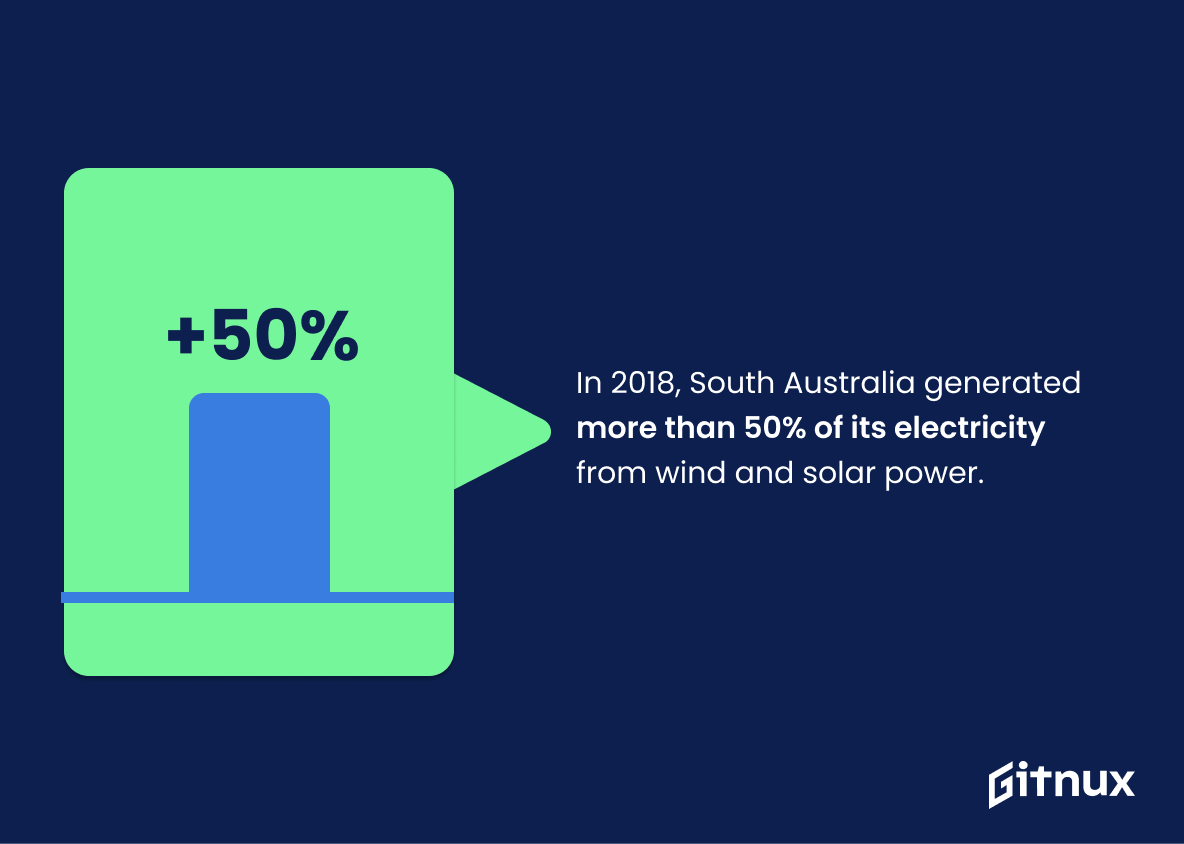Australia is a nation that has made great strides in the renewable energy sector over the past decade. From solar and wind power to hydroelectricity, Australia’s commitment to clean energy sources has been evident in its statistics. In this blog post, we will explore some of these key figures related to Australian Energy Statistics from 2020-2021 and beyond. We’ll look at total share of renewables, electricity generation breakdowns by source type, net consumption levels for natural gas and other resources as well as installed capacity for various forms of renewable energy such as solar and wind power. Additionally, we’ll examine employment numbers within the industry along with export earnings generated from all types of energy commodities produced in Australia during 2019-2020 financial year. Finally, we’ll discuss government targets set out for achieving 23% renewable electricity production by 2020 across the country.
This statistic is a telling indication of the progress Australia has made in transitioning to renewable energy sources. It highlights the fact that Australia is making strides towards a more sustainable energy future, and is a testament to the commitment of the nation to reduce its carbon footprint.
Australia’s electricity generation in 2018-19 was 65% coal, 21% gas, and 14% renewables.
This statistic is a telling indication of the current state of Australia’s energy production. It reveals that the majority of the country’s electricity is still generated from coal, with gas and renewables making up a much smaller portion. This highlights the need for Australia to transition to more sustainable sources of energy in order to reduce its carbon footprint and meet its emissions targets.
Australian Energy Statistics Overview
Over the past 10 years, solar power installations in Australia have increased from 118,872 to 2,680,130.
This statistic is a testament to the incredible growth of solar power in Australia over the past decade. It shows that Australians have embraced solar energy as a viable alternative to traditional energy sources, and that the industry has grown exponentially in response. This is an important development for the country, as it means that more Australians are taking advantage of the clean, renewable energy that solar power provides. It also indicates that the government is taking steps to promote the use of renewable energy sources, which is essential for a sustainable future.
Australia ranks 5th in the world for installed wind energy capacity.
This statistic is indicative of Australia’s commitment to renewable energy sources, placing it among the top countries in the world for wind energy capacity. It is a testament to the nation’s dedication to sustainability and its efforts to reduce its carbon footprint. This is an important statistic to consider when discussing Australian energy statistics, as it demonstrates the progress the country has made in transitioning to renewable energy sources.
In 2020, the renewable energy industry in Australia employed over 30,000 full-time positions.
The renewable energy industry in Australia is booming, with over 30,000 full-time positions created in 2020 alone. This is a testament to the growing importance of renewable energy in Australia, and the potential for further growth in the sector. This statistic is a clear indication that the Australian energy sector is transitioning towards a more sustainable future, and that the country is taking steps to reduce its reliance on fossil fuels. This is an encouraging sign for the environment, and for the economy as a whole.
Australia’s biggest wind farm, the Macarthur Wind Farm, has a generation capacity of 420MW.
The fact that Australia’s Macarthur Wind Farm has a generation capacity of 420MW is a testament to the nation’s commitment to renewable energy. This impressive figure highlights the progress Australia has made in transitioning to a more sustainable energy system, and serves as a reminder of the potential for renewable energy sources to meet the nation’s energy needs.
Australia had 104 operating hydroelectric power stations in 2018.
The fact that Australia had 104 operating hydroelectric power stations in 2018 is a testament to the nation’s commitment to renewable energy sources. This statistic highlights the progress Australia has made in transitioning away from traditional energy sources and towards more sustainable alternatives. It also serves as a reminder of the importance of investing in renewable energy sources in order to reduce our reliance on fossil fuels and protect the environment.
Black coal is Australia’s largest energy resource, with an estimated 62,254 PJ (petajoule) of energy content.
This statistic is a powerful reminder of the importance of black coal in Australia’s energy landscape. It highlights the sheer magnitude of energy content that this resource provides, and serves as a reminder of the need to ensure that this resource is managed responsibly and sustainably.
In 2019-20, Australia’s total export earnings from all energy commodities amounted to AUD 156 billion.
The staggering AUD 156 billion earned from energy exports in 2019-20 is a testament to the importance of energy in Australia’s economy. This figure highlights the significance of energy commodities in the nation’s export earnings, and serves as a reminder of the need to ensure the sustainability of the energy industry.
Australia’s largest solar project, Sunraysia Solar Farm, has a generation capacity of 255 MW.
The fact that Australia’s largest solar project, Sunraysia Solar Farm, has a generation capacity of 255 MW is a testament to the nation’s commitment to renewable energy. This impressive feat of engineering demonstrates the potential of solar energy to make a significant contribution to Australia’s energy mix. It is a sign of progress towards a more sustainable future, and a reminder of the importance of investing in renewable energy sources.
In 2018, South Australia generated more than 50% of its electricity from wind and solar power.
This statistic is a testament to the progress South Australia has made in transitioning to renewable energy sources. It highlights the potential for other states to follow suit and demonstrates the viability of renewable energy sources as a reliable source of electricity. This statistic is an important reminder of the importance of investing in renewable energy sources and the potential for Australia to become a leader in the global shift towards renewable energy.
Australia’s total energy-related CO2 emissions for 2020 were approximately 335 Mt (million tonnes) CO2.
The fact that Australia’s total energy-related CO2 emissions for 2020 were approximately 335 Mt (million tonnes) CO2 is a stark reminder of the need for Australia to take action to reduce its emissions. This figure highlights the urgent need for Australia to transition to cleaner energy sources and reduce its reliance on fossil fuels. It also serves as a reminder of the importance of investing in renewable energy sources and energy efficiency measures to reduce emissions and help protect the environment.
Conclusion
Australia’s energy landscape is rapidly changing, with renewable sources of energy becoming increasingly important. In 2020, the total share of renewable energy in Australia was 27.7%, and renewables accounted for 14% of electricity generation in 2018-19. Solar power installations have increased dramatically over the past 10 years, while wind capacity has also grown significantly to rank 5th globally. The consumption of natural gas decreased slightly from 4.5% to 4.4%. Total net energy consumption in 2020-21 was 4893 petajoules and export earnings from all commodities amounted to AUD 156 billion that same year – a testament to Australia’s strong position as an exporter on the global market for resources and energy products alike.
The Australian government has set ambitious targets when it comes to increasing its reliance on renewable sources such as solar and wind power; however, non-renewable resources still account for 85% of overall consumption due largely to coal being our largest source at 62254 PJ (petajoule) worth of content available domestically within our borders alone. Energy efficiency improvements since 2005 have led households reducing their usage by 5% per annum which helps reduce emissions further too – 335 Mt (million tonnes) CO2 were emitted during 2020 according tot he CEEM audit report released earlier this year..
Overall these statistics demonstrate how far we’ve come towards achieving greater sustainability through transitioning away from traditional fossil fuels into more sustainable forms like solar & wind but there is still much work left ahead if we are going meet those 23/5 % target goals set out by 2030.
References
0. – https://www.austrade.gov.au
1. – https://www.power-technology.com
2. – https://www.cleanenergycouncil.org.au
3. – https://www.ceem.unsw.edu.au
4. – https://www.agl.com.au
5. – https://www.abs.gov.au
6. – https://www.ga.gov.au
7. – https://www.iea.org
